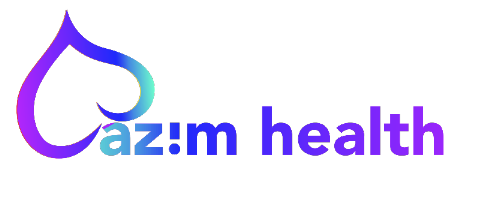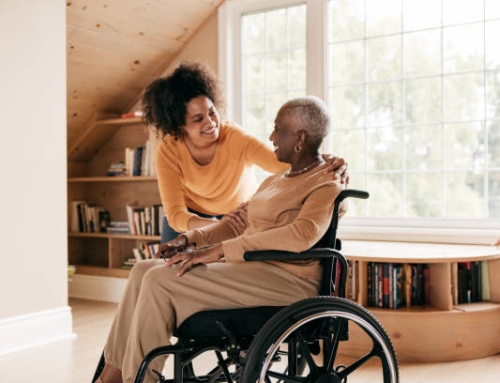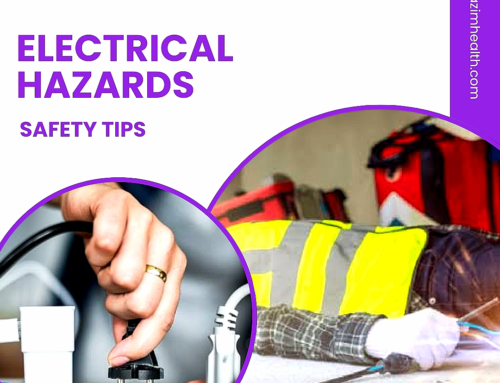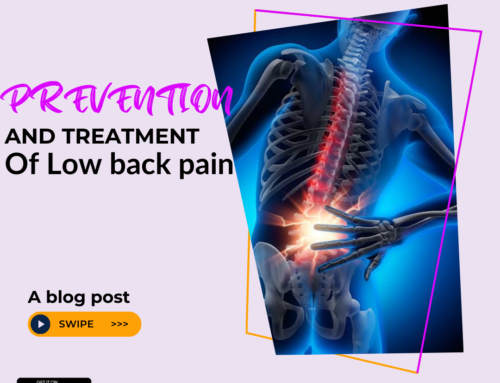Stroke also known as cerebrovascular accident, happens when part of your brain doesn’t get enough blood. Imagine your brain is a city, and blood carries all the supplies the city needs. A stroke is like a blockage in the path of the blood, stopping those supplies from reaching a certain area. This can make it hard for your body to work normally, since the whole body and even physical movements are coordinated by the brain.
Stroke is a devastating cerebrovascular event and it’s a leading cause of disability and death worldwide. It strikes suddenly, robbing individuals of their independence and altering the lives of both patients and their loved ones.
However, the impact of stroke can be mitigated through prompt recognition of its signs and symptoms, and the timely provision of medical care.
In this blog post, we will delve into the world of stroke, exploring its prevalence, types, warning signs, and the critical importance of seeking urgent medical attention. Additionally, we will highlight the vital role of physiotherapy in stroke recovery and how Azimhealth can facilitate access to these essential rehabilitative services, both virtually and at the comfort of your home.
Prevalence:
Stroke (Cerebrovascular Accident) is a major public health concern, affecting millions of people across the globe. According to the World Health Organization (WHO), approximately 15 million people worldwide suffer from a stroke each year, with one-third of these individuals being left permanently disabled. The burden of stroke is substantial, not only in terms of human suffering but also in terms of economic costs associated with healthcare and long-term care. In recent times, Stroke does not require long term care any longer, as early as 3 months with prompt, effective and appropriate medical attention, full and optimal recovery can be achieved. This is why we’ve decided to tackle this in AzimHealth and emphasize the need for prompt and efficient medical intervention.
Understanding Stroke: Types and Causes
A Stroke (Cerebrovascular Accident) occurs when the blood supply to part of the brain is interrupted, depriving brain cells of oxygen and nutrients.
There are two main types of stroke:
1. Ischemic Stroke: Ischemia is like the general term for not enough blood flow to a body part and Ischemic Stroke is caused by a blockage in an artery supplying blood to the brain, often due to a blood clot or buildup of plaque.
2. Hemorrhagic Stroke: Caused by the rupture of a blood vessel in the brain, leading to bleeding and increased pressure on brain tissue.
Factors that increase the risk of stroke include high blood pressure, diabetes, smoking, obesity, and atrial fibrillation (irregular heartbeat).
Signs and Symptoms of Stroke (Cerebrovascular Accident)
Rapid recognition of stroke symptoms is crucial for initiating timely treatment and minimizing long-term damage.
The acronym “FAST” is a widely recognized tool for identifying the main signs of stroke:
– Facial drooping
– Arm weakness
– Speech difficulties
–Time to call emergency services
Other signs and symptoms may include sudden numbness or weakness in the face, arm, or leg, especially on one side of the body; confusion or difficulty understanding speech; trouble seeing in one or both eyes; dizziness, loss of balance, or lack of coordination; and severe, unexplained headache.
Most of these symptoms can lead to fall, which is a drastic and common occurrence in the elderly, see ways to manage falls 👉here.
Transient Ischemic Attack (TIA): A Warning Sign
A transient ischemic attack (TIA), often referred to as a “mini-stroke,” is a temporary interruption of blood flow to the brain, causing stroke-like symptoms that typically resolve within 24 hours. While the symptoms may be fleeting, a TIA is a serious warning sign that should never be ignored, as it significantly increases the risk of a full-blown stroke in the near future.
Importance of prompt medical attention on Stroke recovery
Stroke is a medical emergency that requires immediate intervention. The sooner treatment is initiated, the greater the chances of minimizing brain damage and maximizing the potential for recovery. The golden hour – the first 60 minutes after the onset of stroke symptoms – is crucial for administering anticoagulative medications (in the case of ischemic stroke) or surgical interventions (in the case of hemorrhagic stroke).
It is essential to seek urgent medical attention at the first sign of a stroke, as delaying treatment can have devastating consequences. Calling emergency services immediately is the most effective way to ensure prompt transportation to a stroke center and initiation of appropriate treatment.
While prompt medical intervention is essential for managing the acute phase of a stroke, the road to recovery often involves intensive physiotherapy. Physiotherapists play a vital role in helping stroke survivors regain strength, mobility, and independence through tailored exercise programs, gait training, and assistive device usage.
Post-stroke physiotherapy can help:
– Improve muscle strength and coordination
– Restore balance and prevent falls
– Increase range of motion and flexibility
– Enhance functional abilities for daily activities
– Promote neuroplasticity (tStrokehe brain’s ability to reorganize and adapt)
– Manage pain and prevent secondary complications.
Physiotherapy is not a one-size-fits-all approach; treatments are customized to the individual’s specific needs and goals, taking into account factors such as the type and severity of the stroke, age, and overall health status.
Accessing physiotherapy services can be challenging for stroke survivors, especially those with mobility limitations or living in remote areas. This is where Azimhealth come into play, offering a convenient and accessible solution for post-stroke rehabilitation.
Through virtual consultations and AI assisted feedback, physiotherapists can guide stroke survivors through tailored exercise programs and provide expert guidance from the comfort of their own homes. This not only eliminates transportation barriers but also promotes adherence to treatment plans, as patients can receive personalized support and encouragement without the need for frequent in-person visits.
AzimHealth ensures that stroke survivors can continue their recovery journey seamlessly, empowering them to regain independence and improve their overall quality of life.
Conclusion:
Stroke is a life-altering event that requires urgent action and ongoing support. By recognizing the signs and symptoms and seeking immediate medical attention, individuals can increase their chances of survival and minimize long-term disability. Furthermore, the integration of physiotherapy into the rehabilitationStroke (Cerebrovascular Accident) process is crucial for stroke survivors to regain physical function, mobility, and independence.
Azimhealth can bridge the gap between stroke survivors and essential physiotherapy services, providing a convenient and accessible solution for post-stroke recovery. By embracing technology and leveraging the expertise of qualified physiotherapists, stroke survivors can embark on a journey towards recovery, reclaiming their independence and embracing a fulfilling life after stroke.
References:
1. [World Health Organization. “Stroke, Cerebrovascular Accident”]( https://www.who.int/news-room/fact-sheets/detail/stroke)
2. [Centers for Disease Control and Prevention. “Stroke Facts”](https://www.cdc.gov/stroke/facts.htm)
3. [American Stroke Association. “Stroke Symptoms”](https://www.stroke.org/en/about-stroke/stroke-symptoms)
4. [National Institute of Neurological Disorders and Stroke. “Post-Stroke Rehabilitation”](https://www.ninds.nih.gov/health-information/disorders/stroke/post-stroke-rehabilitation)
5. [American Physical Therapy Association. “Physical Therapy Guide to Stroke”](https://www.apta.org/patient-care/interventions/stroke)








Leave A Comment